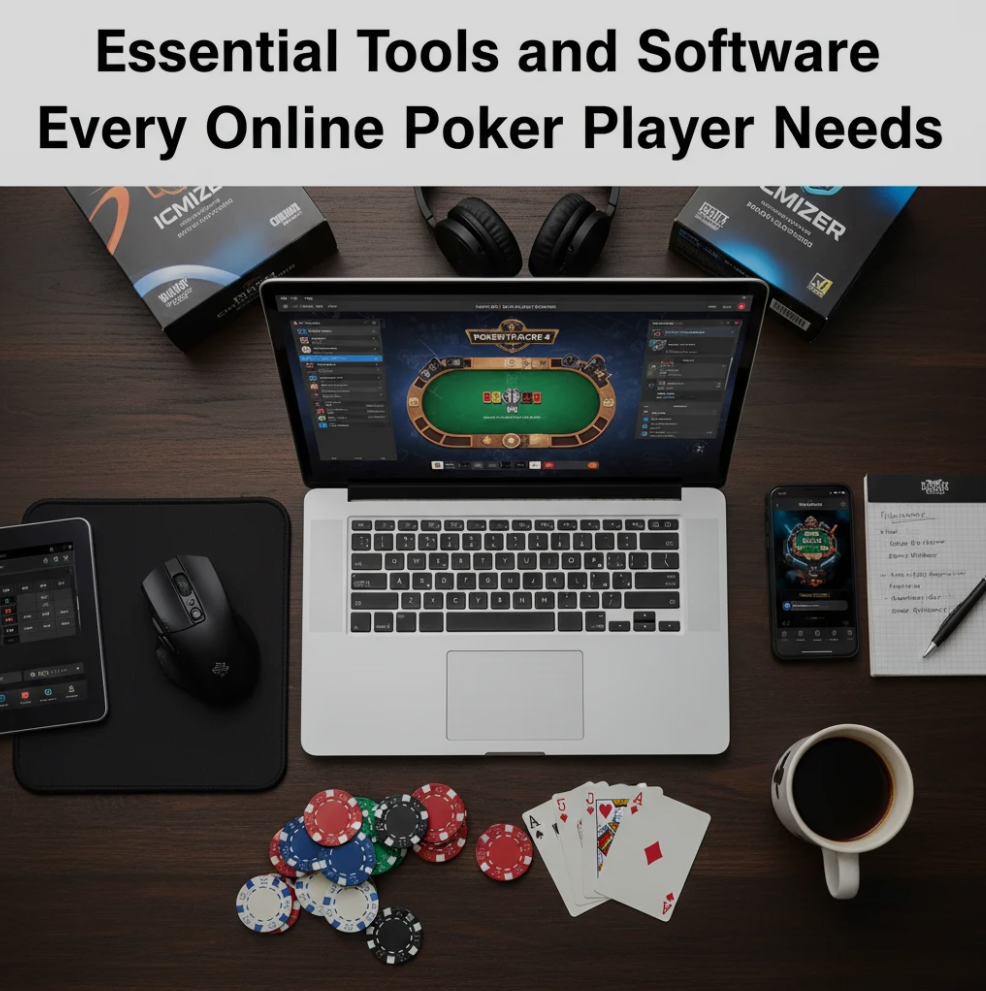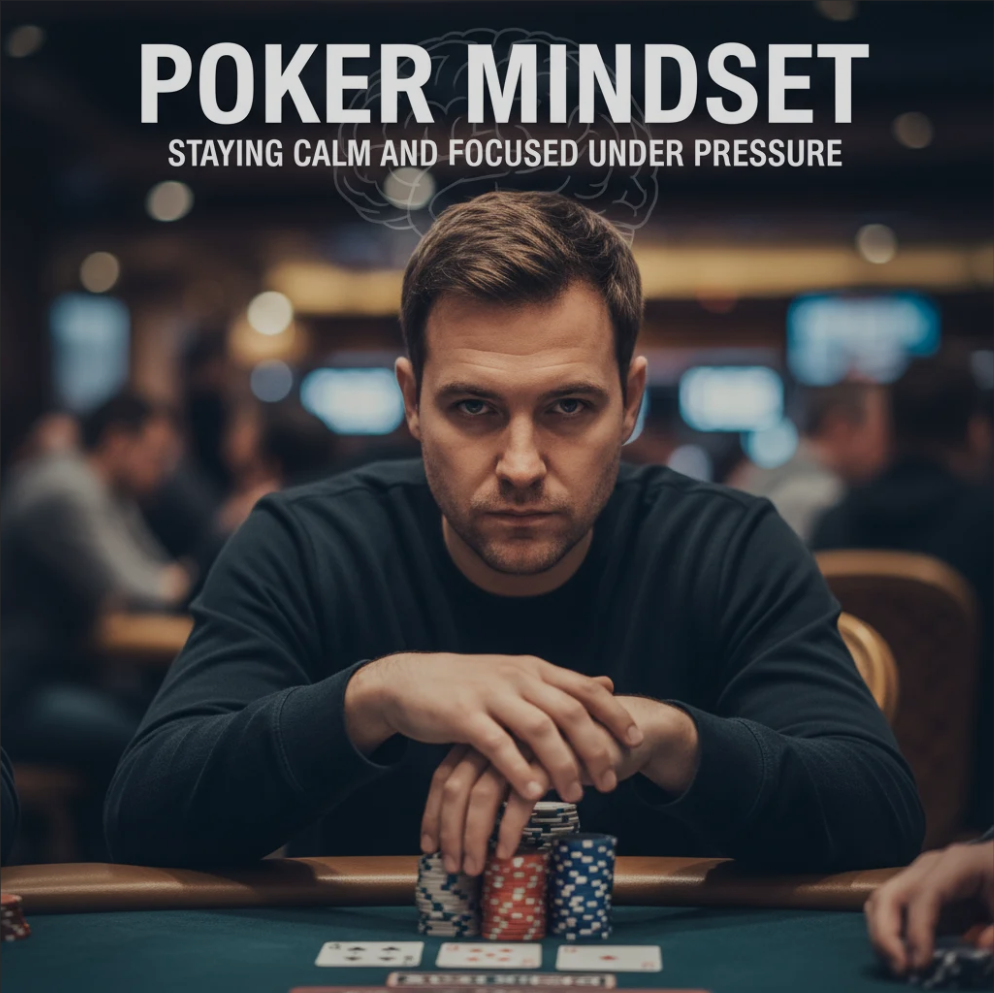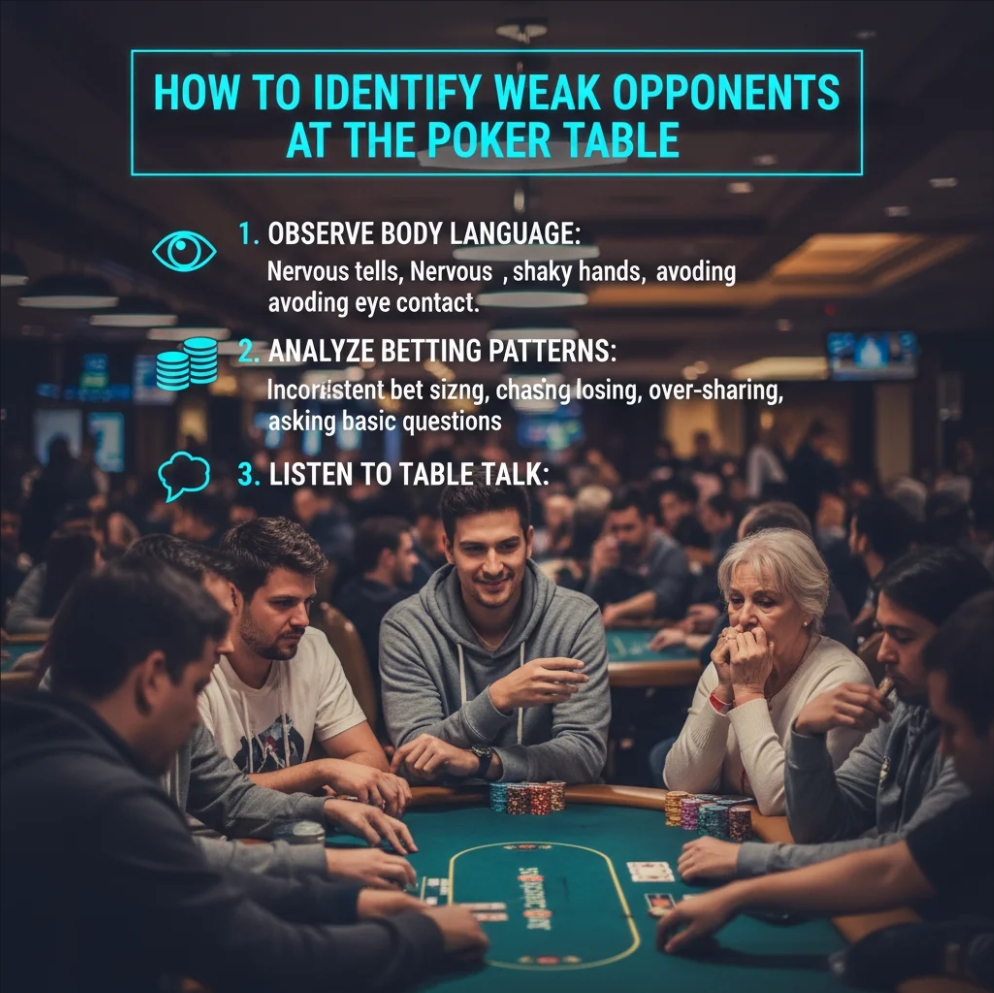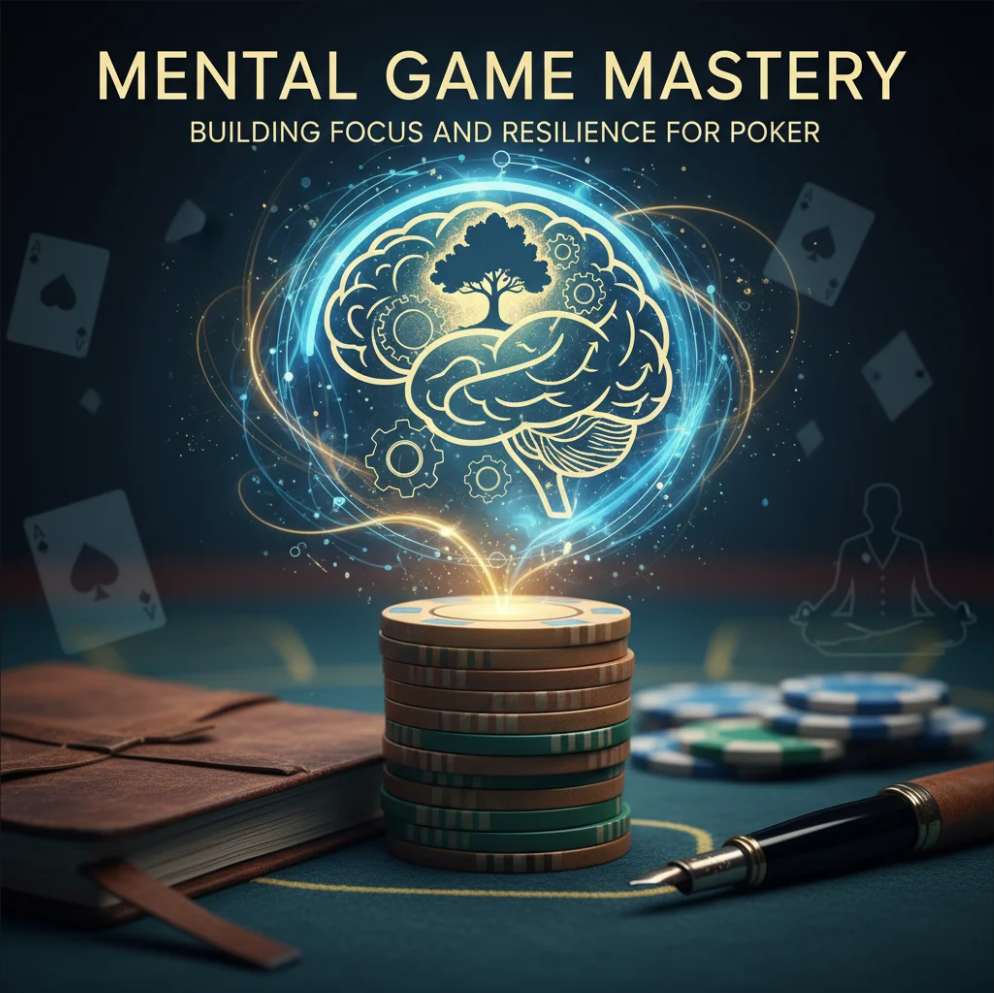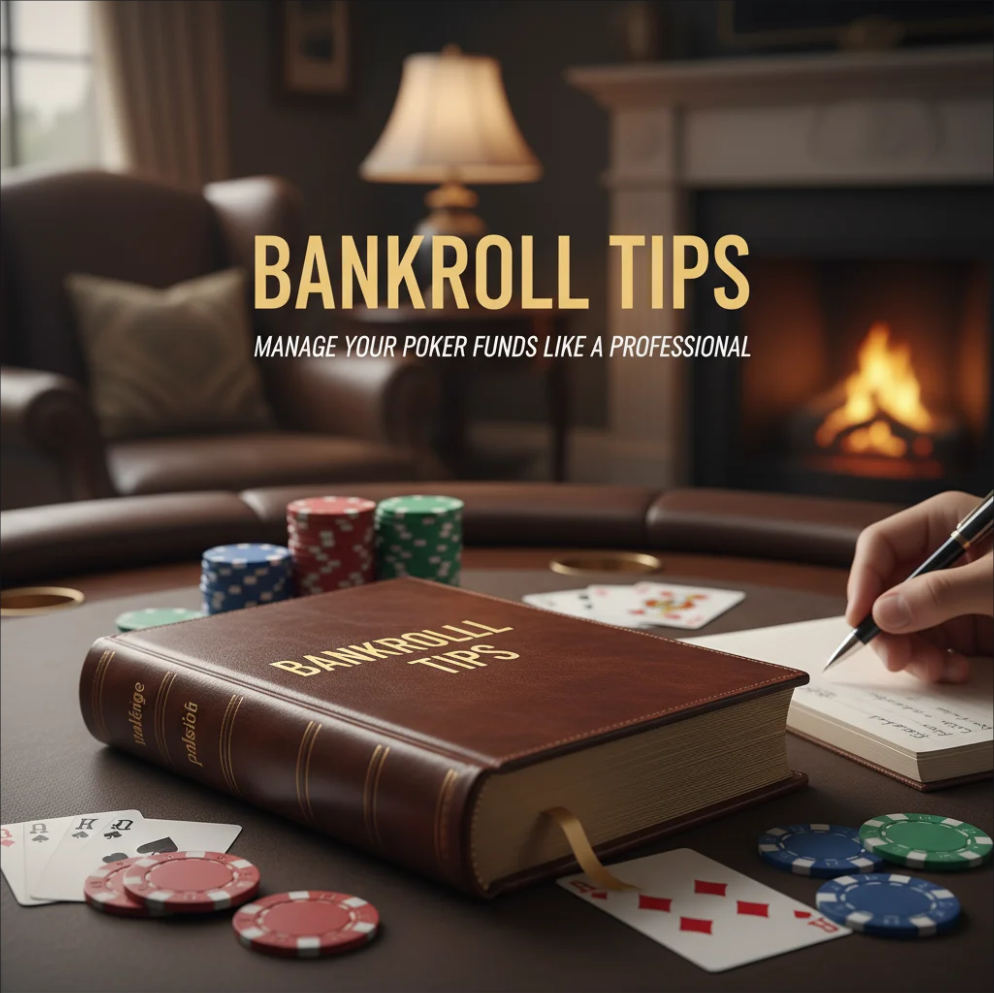How to Adapt Your Strategy Against Aggressive Players
Aggressive players dominate the table with frequent raises, bluffs, and high-pressure tactics.
To succeed, you must recognize their patterns and adjust your gameplay accordingly.
Knowing when to call, fold, or raise is crucial to prevent being pushed off the table and to capitalize on their overextensions.
📊 1. Tighten Your Starting Hand Selection
Against aggressive players, only play hands with strong potential.
Focus on premium pairs, high-value connectors, and suited cards.
Playing tighter reduces losses from constant pressure while giving you opportunities to capitalize when the flop favors your hand.
💡 2. Use Positional Awareness
Position at the table is key.
Acting after aggressive players allows you to see their moves before committing chips.
From late position, you can exploit their tendencies and control the pot size more effectively, turning their aggression into an advantage.
🃏 3. Trap and Counter-Aggression
Aggressive players often overcommit when they sense weakness.
Use slow-playing or trapping techniques with strong hands to extract maximum value.
Occasionally re-raise or bluff selectively to remind them that aggression can be countered — disrupting their rhythm and confidence.
🪄 4. Focus on Pot Control
Don’t get caught in large pots unless you have strong holdings.
Against aggressive players, keeping the pot manageable reduces risk and allows you to navigate swings calmly.
Control over the pot helps you avoid unnecessary losses and forces the aggressive opponent to adjust their tactics.
📈 5. Psychological Resilience
Aggressive players can frustrate and pressure you into mistakes.
Maintain mental discipline: stay patient, avoid tilt, and make decisions based on logic, not emotion.
A clear mind allows you to exploit weaknesses and capitalize on over-aggression over time.
🏁 Conclusion: Turning Aggression into Opportunity
Adapting your strategy against aggressive players is about patience, awareness, and smart counterplays.
By tightening your hand selection, leveraging position, controlling pots, and maintaining psychological resilience, you can turn an aggressive opponent’s strengths into your advantages.
With practice, you’ll find that aggression becomes an opportunity rather than a threat — letting you dominate the table confidently.

